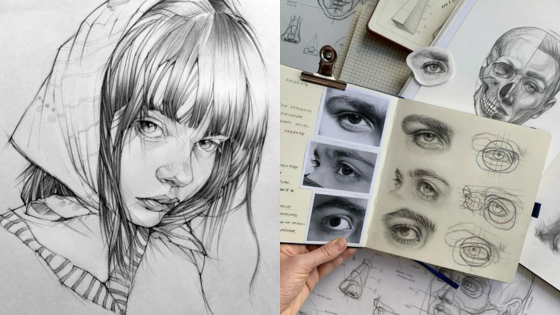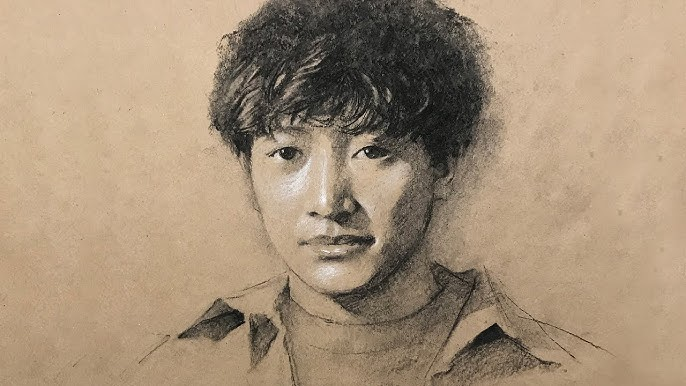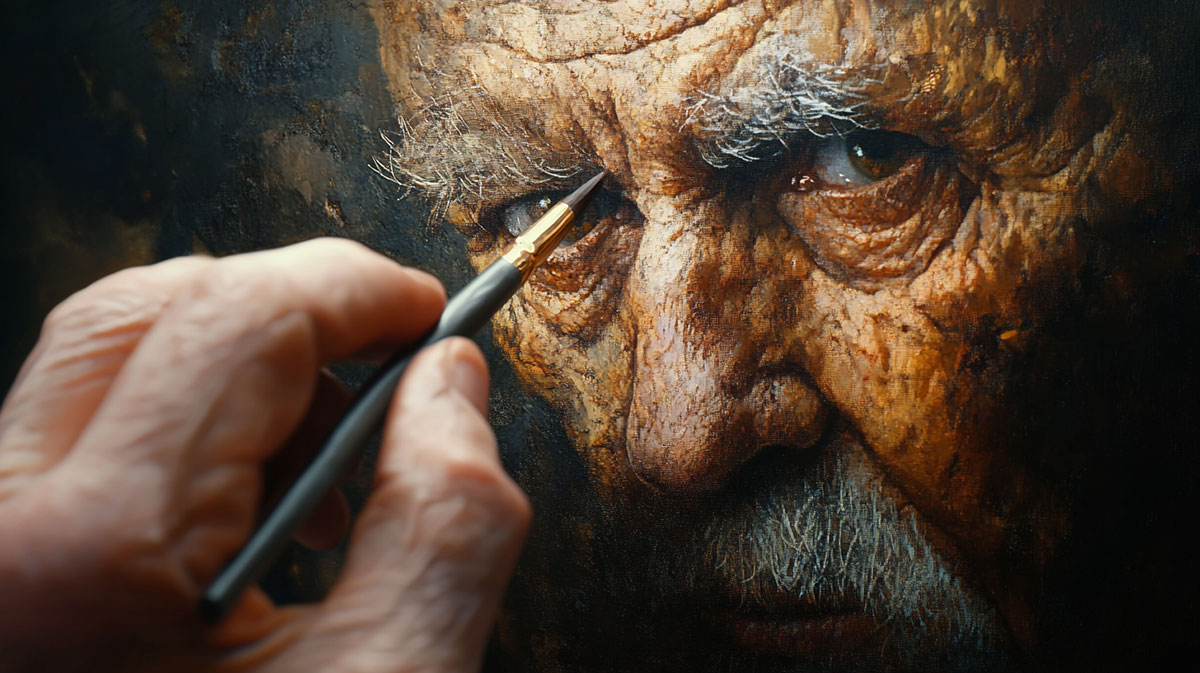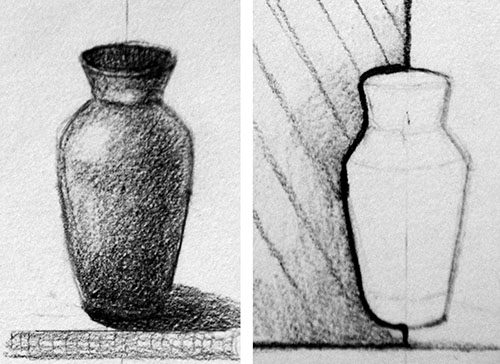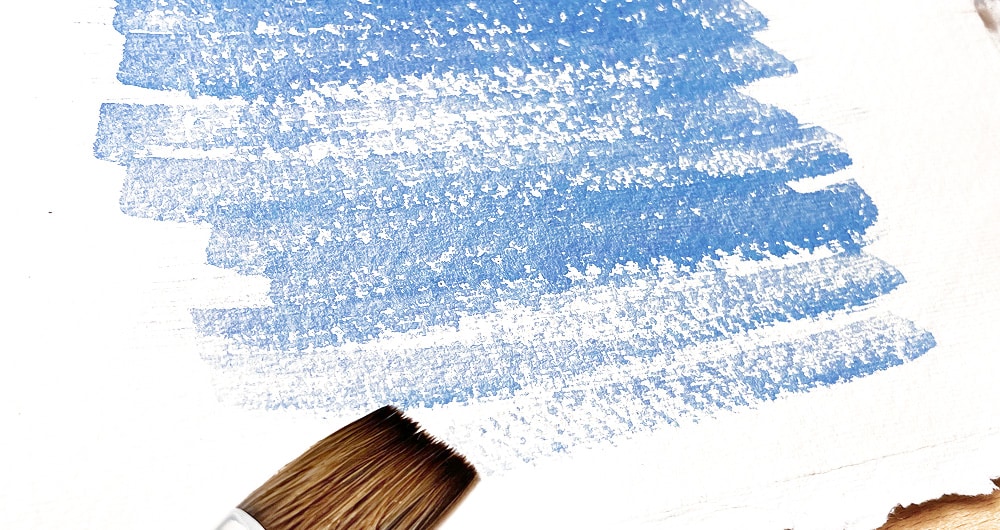scrapfellow.com – Drawing a portrait is more than just replicating facial features—it’s about capturing the emotion and personality of the subject. Facial expressions play a key role in conveying emotions, so understanding the subtle details of eyebrows, mouth, and eye shape is essential. A slight upward curve in the lips can indicate happiness, while furrowed brows can express worry or frustration. Observing real-life expressions and sketching them quickly can help artists develop a better sense of emotional depth in their drawings.
Shading and contrast are also crucial in bringing emotions to life. Soft shading around the eyes and mouth can create a gentle, melancholic feel, while strong contrast with deep shadows can give intensity to anger or determination. The choice of medium also influences emotional impact—charcoal and graphite can add drama with bold strokes, whereas lighter pencil work can convey a sense of delicacy. Experimenting with different techniques helps in refining the ability to evoke strong emotional responses through artwork.
Beyond technique, capturing emotion in portraits requires a connection with the subject. Whether drawing from life or a reference photo, understanding the story behind the person can add authenticity to the sketch. Even abstract or exaggerated features can enhance the feeling conveyed in the piece. By focusing on expressions, shading, and storytelling, artists can transform a simple portrait into a compelling work of art that resonates with viewers on a deeper level.

